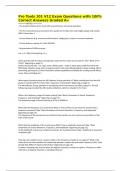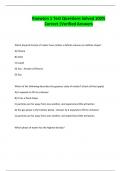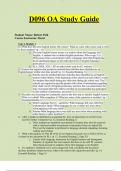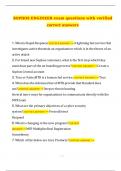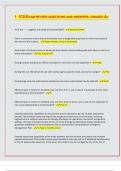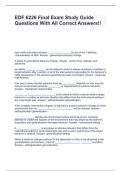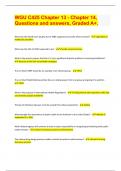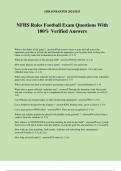Exam (elaborations)
Pro Tools 101 V12 Exam Questions with 100% Correct Answers Graded A+
- Course
- Institution
Pro Tools 101 V12 Exam Questions with 100% Correct Answers Graded A+ ++++++++NOTICE+++++++++ - This quizlet includes all Pro Tools 101 course (Version 12) review questions - The Pro Tools shortcuts presented in this quizlet are for Mac OS X only (might update and include WIN if I have time :) ...
[Show more]
